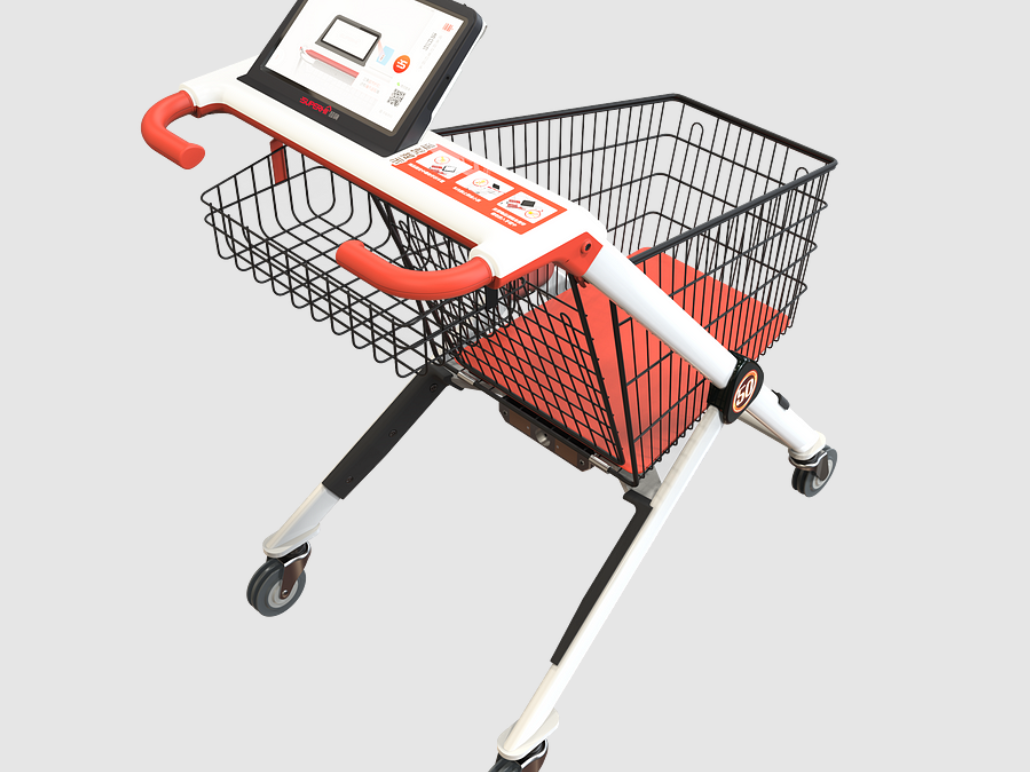This idea is meant to keep kids entertained and motivated while
learning.
The target audience:
Age Group- Primarily targeting children ages 4-10, a prime demographic for educational toys and tech, especially products that support STEM learning.
Parents and Educators:
Parents focused on early childhood education and physical development, as well as teachers and schools that prioritize interactive learning tools.
Growing Demand for EdTech Wearables:
The market for educational technology in wearables is expanding rapidly, driven by interest in toys that integrate movement, learning, and technology. Products combining physical activity with cognitive skills appeal to parents looking for alternatives to screen in post-pandemic educational shifts toward interactive, remote- friendly learning aids.
Global EdTech Market:
Expected to grow from $254 billion in 2021 to $605 billion by 2027, with wearables and smart toys capturing an increasing shareactive Toy Market**: Recent data suggest a compound annual growth rate (CAGR) of 9% for interactive toys, a sector that includes tech-enhanced items like educational shoes.
Costs:
The cost of Interactive Learning Shoes would depend on production volume, the technology embedded , and materials. Here's a breakdown of possible costs:
- Manufacturing Costs: Sensors, LED displays, small speakers, and durable child-friendly materials would likely bring the manufacturing cost to $20- $30 per pair.
-Retail Price: With an added margin for retail, marketing, and distribution, the retail price could rangebetween $60- $100, aligning with premium tech toys while remaining affordable for educational product buyers.
Pricing would position these shoes competitively in the smart toy segment. balancing affordability with innovative functionality. Their multi-use value as both a toy and an educational tool would appeal to value-conscious consumers, potentially allowing for a wide reach across markets looking for qualityeducational products.
Here are some key competitors and product types:
1. Smart Sneakers and Fitness Trackers for Kids
*Nike and Adidas have smart shoe lines focused on tracking physical activity, though these are generally aimed at older children and adults.
While they don't focus specificallyon educational content, they could appeal to parents interested in activity-monitoring features.
*Garmin and Fibit also offer wearable fitness trackers for kids that encourage physical activity through gamification. These trackers have less focus on educational learning but target similar health-conscious and tech-savvy parents.
2. Educational Wearables for Kids
Osmo and Leapfrog specialize in interactive, educational toys that blend physical play with learning but don't yet offer wearable options. These brands are well-known for their educational content, which may appeal to parents who prioritize learning over physical activity.
*Kiddo and Octopus by Jay are examples of child-friendly, wearables that track health and wellness but lack direct educational integration, especially for younger ages. They still represent competition in the wearable market.
3. Interactive STEM Toys and Learning Products
*Brands like Sphero and Kano provide STEM-focused toys that allow children to interact with tech-based learning tools. Though not shoes, they compete for the same eductional tech budget among parents and schools.
*Fisher-Price and VTech offer interactive toys that incorporate sounds, lights, and movement to support early learning in younger children, but they typically standalone toys rather than wearables.
How The Interactive Learning Shoes Stand Out
*Unlike existing products, these shoes combine wearable, interactive play with educational and physical development components in a novel way.By integrating both cognitive and physical learning in a single product, they target a niche with limited direct competition.
*Their unique approach to using steps and movement to trigger learning cues (like colors, sounds, or language prompts) differentiates them from hyical fitness trackers or interactive toys.
Here's a general cost breakdown for Interactive Learning Shoes to give investors a clear picture of funding needs:
1. Development Costs
*Hardware Components: Sensors (motion, pressure), LEDs, speakers, Bluetooth module, and a small rechargeable battery are estimated at $15-$25 per pair, depending on supplier agreements and batch size.
*Software Development: Developing custom educational software, a paired app, and firmware integration will require an estimated $20000-$50000 for an intitial product launch. This includes coding, UI/UX design, and quality testing.
*Prototyping: Prototype costs can range from $5000- $10000, depending on iterations and design adjustments. This includes testing for durability and safety, ensuring all components function as intended, and securing initial customer feedback.
2. Manufacturing and Production Costs
*Mass Production: For an initial run of 1000 pairs, each pair may cost approximately $20- $30 in manufacturing, assuming basic tech integration and mid-range materials. This cost can decrease with larger production volumes.
*Packaging and Shipping: Eco-friendly and packaging, plus storage and shipping, will add around $3- $5 per pair.
3. Marketing and Launch Costs
*Branding and Website: A simple website with production information and a branded look will cost around $2000- $5000. This site will need e-commerce capabilitites to facilitate direct- to-consumer sales.
*Digital Marketing Campaigns: To reach tech-friendly and parent-focused markets, initial and spend might range from $5000- $10000 for social media and online ads.
*Sales Channels: Costs associated with selling on Amazon or through speciality stores include commission fees and platform listing fees, typically around 10-20% of the selling price.
Operational and Administrative Costs
*Team and Overheads: Hiring part-time roles for customer support, logistics, and app maintenance may cost about $30000 annually.
*Legal and Compliance: Parents, trademarks, and product liabilty insurance are estimated at $10000- $20000.
Total Initial Investment Estimate:
$100000- $200000
This investment would cover the essential costs to bring the product to market, from concept to distribution. The interactive learning shoes target an emerging niche in educational wearables, making them attractive for investors seeking ooportunities in EdTech and children's products.




